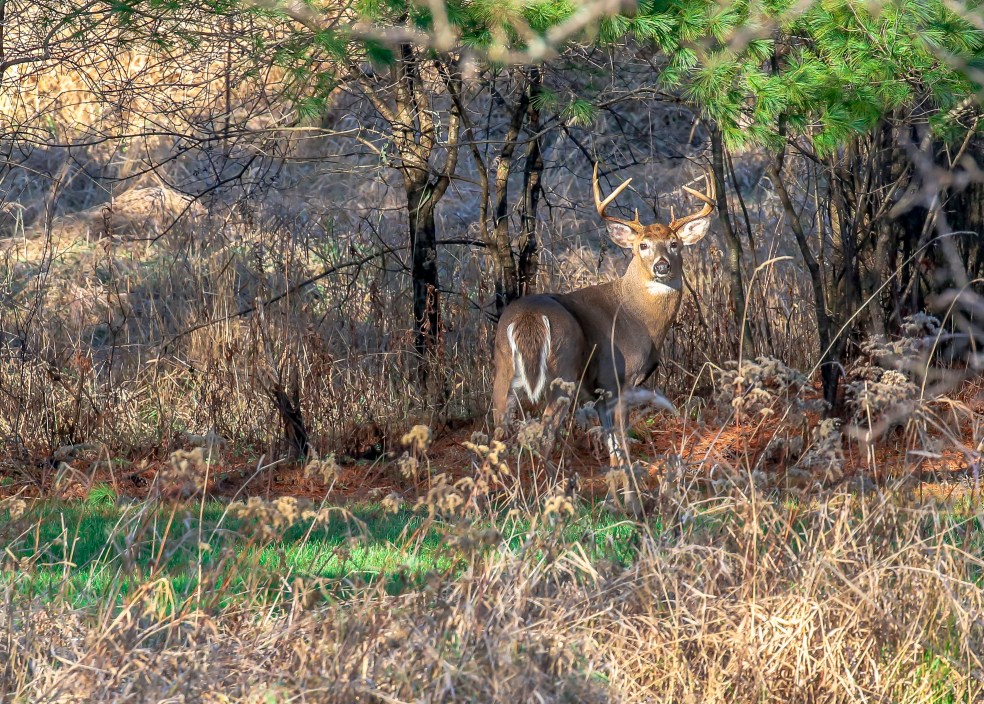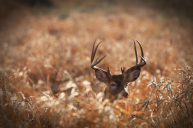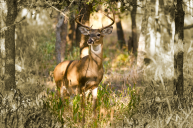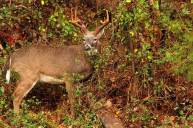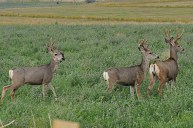Wisconsin hunters have a unique opportunity to help wildlife research while pursuing deer this season.
As part of an ongoing study on deer density, the Wisconsin Department of Natural Resources (DNR) is offering a permitted hunting opportunity this fall at Sandhill Wildlife Area in Babcock, Wisconsin.
The Sandhill Wildlife Area's 2023 Gun Deer Hunt will be held on Dec. 9 and 10 at Sandhill Wildlife Area. Space is limited, and those wishing to participate in this hunt must apply for a special permit. Applications are due by Oct. 13, and all licensed gun hunters are eligible to apply.
"By participating in this special hunting opportunity, deer hunters will help the DNR reduce the deer population density on this property while simultaneously allowing researchers to evaluate the efficacy of various tools and methodologies for estimating deer populations in a real-world scenario," DNR Natural Resources Research Scientist Glenn Stauffer said.
The primary study area—and spot that will be open to hunting—is the Sandhill Wildlife Area, a fenced region that houses populations of whitetail deer, ruffed grouse, Canada geese, ducks, loons, bald eagles, sandhill cranes, shorebirds, songbirds, hawks, owls, and even a small population of American bison. The property features low sandy uplands of oak, aspen and jack pine forests, and large marshes.
The deer density study was launched in July 2021 and will continue through June 2025. Researchers are assessing the accuracy of trail camera methods in estimating deer populations and developing methodologies to provide more accurate estimations. The research, which is funded by Pittman-Robertson funds, also examines drawbacks of existing camera-based approaches by testing alternative methods in a in a well-studied wildlife area.
The study employs several strategies to achieve its goals, including an extensive trail camera grid and GPS-collared deer. The GPS collars serve as unique identifiers that allow researchers to compare population estimates from trail cameras with more conventional deer population estimation methods.
All successful hunters on the Sandhill Wildlife Area are required to present all deer harvested for CWD testing upon exiting the property. The Wisconsin DNR began monitoring the state's wild white-tailed deer population for CWD in 1999. The first positives were found in 2002, and the past two decades have seen a slow but steady creep across the state.
READ MORE: Where Does Your Hunting and Fishing License Money Go?
